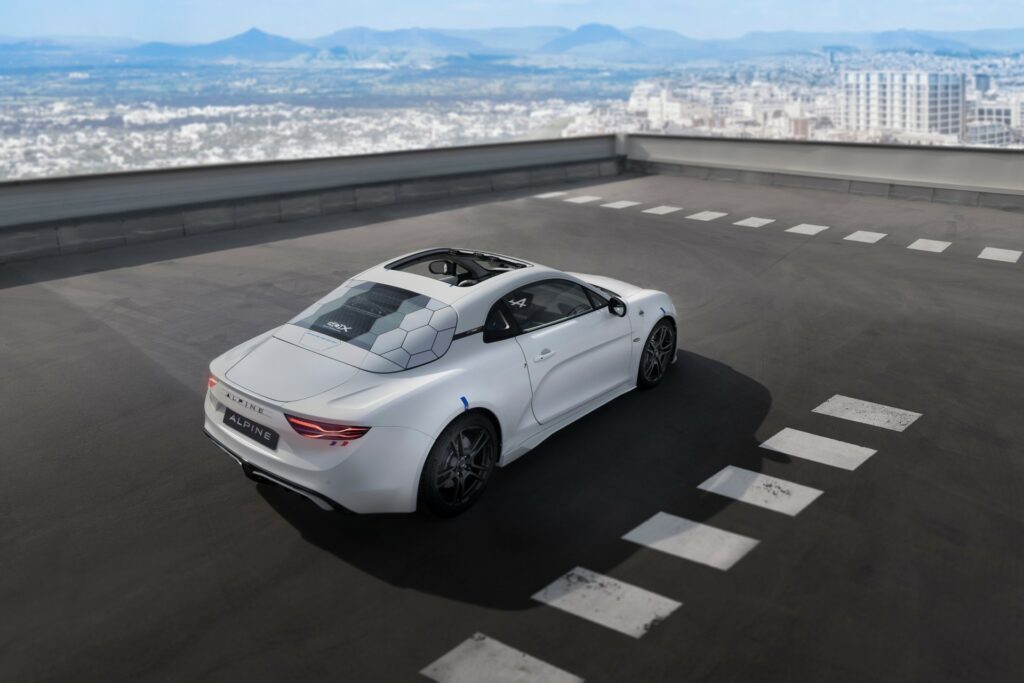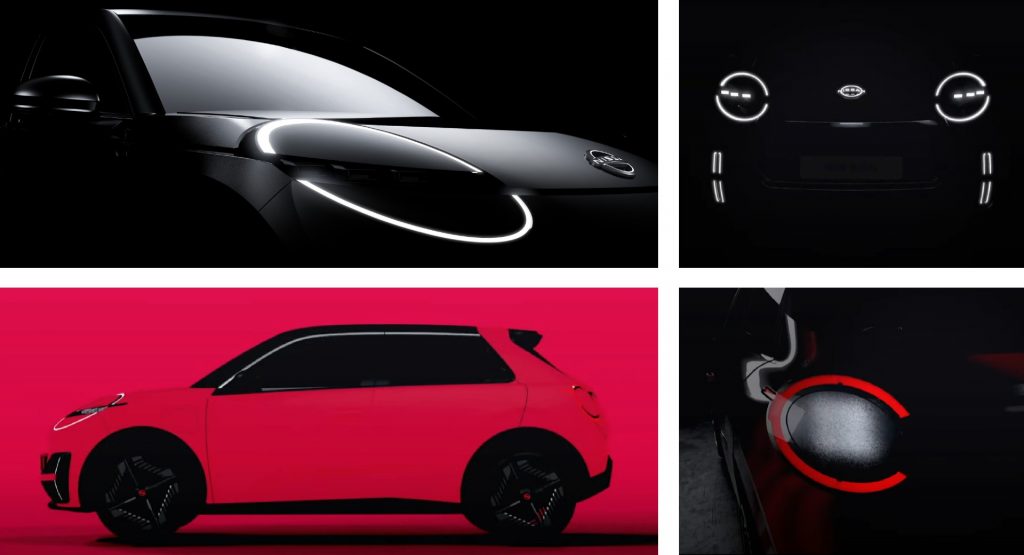Renault 5 Turbo 3E Is An Electric Hyper Hatch With Over 500 HP
- Renault is crazy enough to put the R5 Turbo 3E concept into production with over 500 hp.
- The RWD model rides on a bespoke carbon monocoque, featuring dual electric motors.
- The design is inspired by the original R5 Turbo from the ’80s with modernized features.
Renault has unveiled the production version of the 2022 R5 Turbo 3E Concept, serving as a modern-day successor to the classic R5 Turbo I and II from the ’80s and the Clio V6 from the ’00s. The hyper hatch rides on a bespoke platform and features a fully electric RWD powertrain with over 500 hp.
The third iteration of the R5 Turbo homologation special has retro-futuristic styling, looking like a heavily redesigned restomod on steroids. It retains the signature boxy fender flares of the original, although here they are combined with oversized wheels shod in ultra-wide tires.
More: Radical New Renaults Will Ditch Conventional SUV Body Styles
The exterior has evolved compared to the concept, adding a sleeker greenhouse and reworked aerodynamics. The pronounced bumpers and side skirts are finished in white, contrasting with the yellow bodywork and the black roof.
The LED headlights appear to be a modernized version of the classic R5, while the taillights are sourced from the new R5 E-Tech Electric. The charging port is hidden in one of the side intakes, which were designed to cool the electric powertrain.
Despite the resemblance, the R5 Turbo 3E is not mechanically related to the standard Renault 5, as it rides on a bespoke carbon monocoque chassis which is said to be “both lightweight and extremely stiff”.
The French pocket rocket is powered by two electric motors mounted in the rear wheels. With a combined output of over 500 hp (373 kW / 507 PS), the R5 Turbo 3E is the most powerful production model by Renault, promising a 0-100 km/h (0-62 mph) in under 3.5 seconds.
Luca de Meo, Renault Group CEO, said that the R5 Turbo 3E is something for “only for the brave”, adding that “it’s going to be fun”. According to the company, “the Group is bringing the best of its skills and expertise to the development of this ultimate Renault brand icon”, likely hinting at Alpine’s involvement in the project.
Renault didn’t announce details about the production model’s availability and pricing, but Autocar reports it will arrive in 2026. Judging from the bespoke nature of the build, we expect it to be offered in limited numbers and at a high price.
The automaker offered a glimpse to the R5 Turbo 3E in the “Anatomy of a Comeback” documentary series that is available on Prime Video. The reveal, which you can watch in the video below, took place behind the closed doors of the design center. It was hosted by Renault Group CEO Luca de Meo, Renault CEO Fabrice Cambolive, and Vice President of Renault Design Gilles Vidal.










